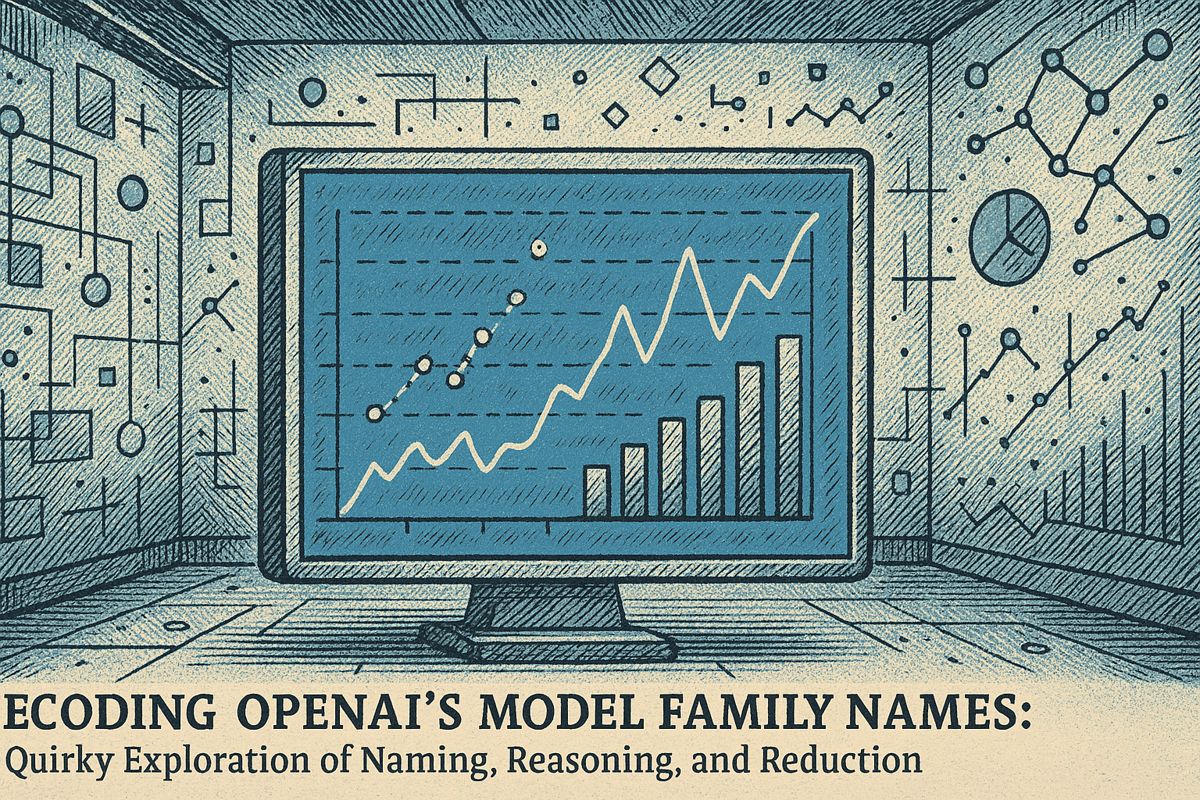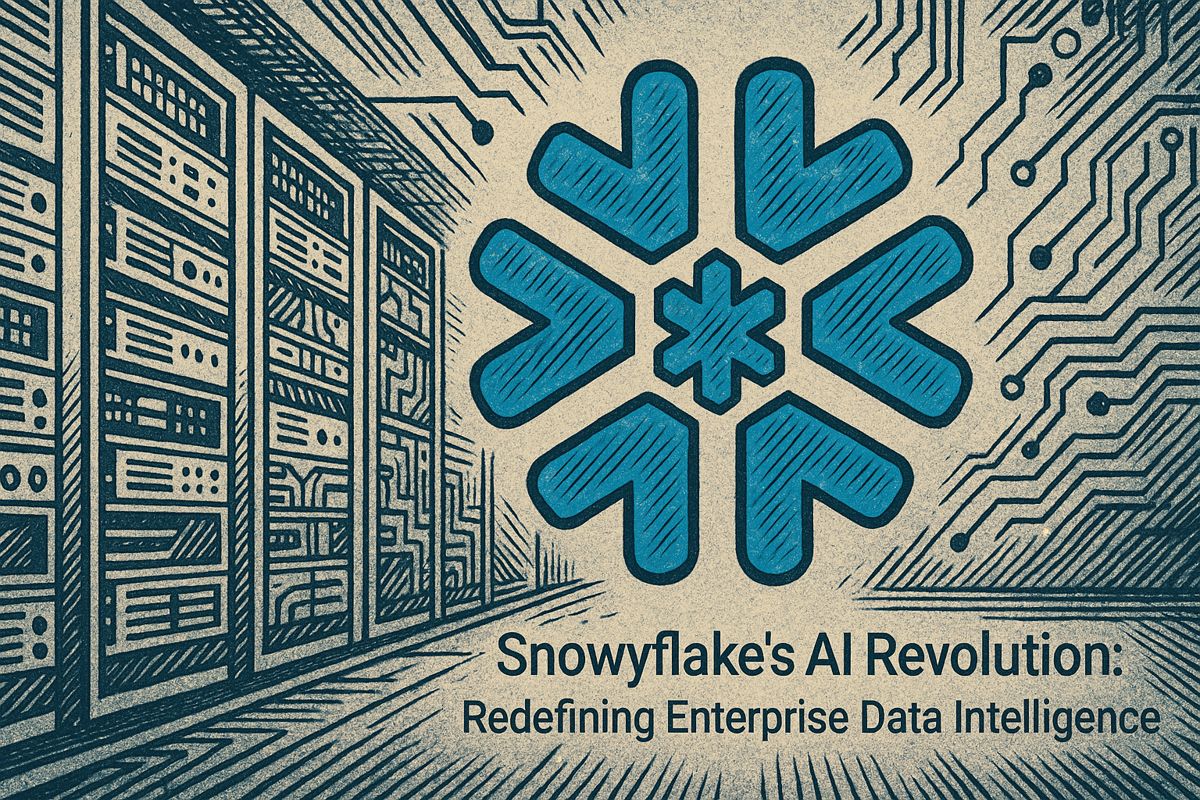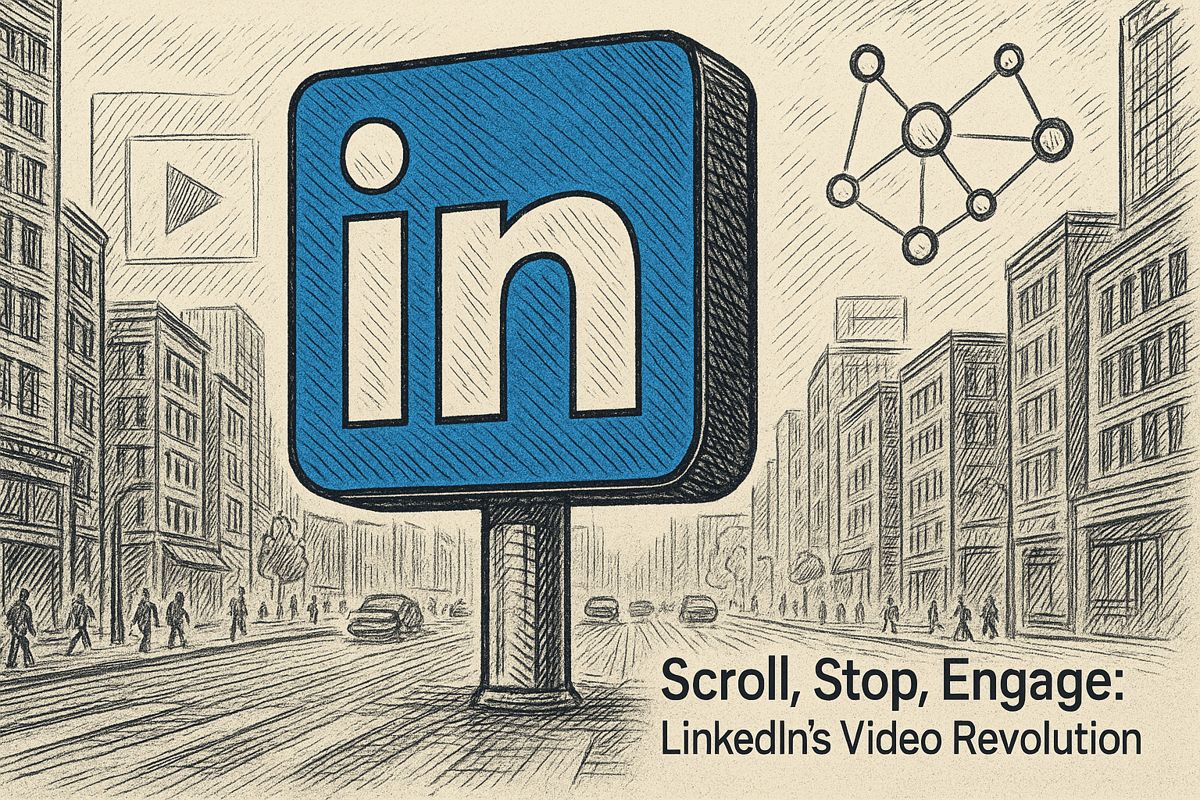Here’s the text with the most important phrase in bold markdown:
Kellanova transformed their marketing strategy by using data clean rooms, a secure digital space that blends customer data from multiple sources without revealing personal information. By analyzing 20 million records, they discovered precise insights about Special K buyers, leading to significant sales boosts across different consumer segments. The company didn’t just implement a new technology, but wove it into their cultural approach, learning from each experiment and applying insights across their brand portfolio. Their success came from a disciplined, privacy-first method that focused on solving real business problems rather than chasing trendy marketing tools. The key lesson was to start with understanding the specific business challenge and then carefully apply data-driven solutions.
What Are Data Clean Rooms and How Do They Transform Marketing Strategy?
Data clean rooms are secure, privacy-compliant digital spaces that allow brands to integrate and analyze customer data from multiple sources without exposing personally identifiable information, enabling more targeted and effective marketing campaigns with precise audience insights and segmentation.
Remembering the Lure of Shiny Martech
I watched an interview the other day with Louise Cotterill, Kellanova’s Global Senior Director of Insights and Intelligence, and she cut through the hype with the calm resignation of someone who’s heard one too many pitches for “game-changing” martech platforms. It hit home, honestly. Her words yanked me straight back to my own agency years, those fluorescent-lit afternoons when we’d gather around to marvel at dazzling dashboards, half-expecting them to solve our problems by sheer force of interface. But – as anyone who’s ever survived a post-campaign post-mortem can tell you – the magic doesn’t live in the tool. It starts with a business headache.
Kellanova’s headache was quietly stubborn: in the UK, Special K sales weren’t plummeting, but they were flatlining. That’s the kind of slow-burn problem that gnaws at the base of a marketer’s skull. Cotterill’s team didn’t throw predictive analytics or artificial intelligence at the wall in a moment of panic. Instead, they paused, asking the most basic question in the room: What, exactly, isn’t working here? Only after wrestling with that did their thoughts drift to data clean rooms.
Still, let’s not pretend a “clean room” isn’t a curious phrase. I admit, I first pictured a sterile lab with servers humming under a fluorescent haze, like something out of a Michael Crichton novel. In reality, it’s closer to a digital operating theater: a tightly controlled, privacy-compliant space where Kellanova could blend its customer data with retailer and media partner sets – never exposing a single crumb of personally identifiable information. There’s a kind of surgical precision to it, and in a world where GDPR and CCPA loom like thunderheads, that’s no small comfort.
From Data Tinkering to Behavioral Breakthroughs
Here’s where it gets interesting. Kellanova harnessed LiveRamp’s clean room technology to stitch together Circana’s postcode-level insights with a jaw-dropping 20 million records from Experian. That’s not marketing hyperbole; that’s a bona fide mountain of data, arranged with the orderliness of a well-tended bonsai. It allowed them to segment Special K buyers by real-world shopping behaviors, not just age or the vague “affluent” tag.
The results were, well, far from trivial. Price-sensitive shoppers responded with a 9% sales boost, while the premium segment – those willing to trade up for something “just right” – leapt 36%. Even modest improvements in media effectiveness, say 1-2%, translated into actual revenue bumps you could feel in the quarterly numbers. I’ll admit, I once dismissed such small gains as rounding error. Now? I see them as the first snowflakes of an avalanche.
But none of this was a gentle cruise. Integrating data from multiple markets, each with its own set of privacy gremlins, proved taxing. There were days, Cotterill confessed, when the team wrestled with headaches more stubborn than a Monday morning hangover. Still, they pressed forward. “Start with a business problem, not the technology,” said Cotterill, sounding a bit like a data-driven Cassandra. Charisse Hughes, their Chief Growth Officer, pushed a culture of “fail fast and fail cheap” – a phrase that, let’s be honest, is easier to repeat than to live by.
Culture Shift: Learning, Adapting, and Listening Harder
The thing that sticks with me isn’t the technology, impressive as it is. It’s the way Kellanova wove it into their cultural DNA. After the Special K experiment, the clean room approach didn’t gather dust on a digital shelf. It became foundational. Campaigns for Pringles, Cheez-It, and other snack aisle heavyweights began to hum with the same disciplined, privacy-first analysis. Each new activation fed the next, like a sourdough starter passed from baker to baker, building organizational muscle memory over time.
Even creative intelligence tools like VidMob are being trialed, seeking to sharpen ad relevance in a market that’s allergic to generic messaging. There’s a sensory thrill to discovering that a targeted QR code on Poptopia cans spurred a 30% spike in first-party data collection. Or that the Pringles x Caviar Co. stunt, surfing TikTok’s raucous waves in real time, clocked over 10 billion views. It’s not just noise; it’s evidence that, when a brand listens – really listens, ears pressed to the social rails – it can move at the speed of a meme.
There’s a mood that comes with this: a blend of optimism and skepticism. I’ve felt both, sometimes in the same meeting. And yes, the journey wasn’t without error. Early integrations fizzled, and more than one spreadsheet-induced migraine was nursed with a quiet sigh. But the team learned, iterated, and – crucially – didn’t let pride steer them into a sunk-cost graveyard. That’s the gritty reality behind success: you try, you trip, you adjust.
Lessons for Anyone Chasing Marketing Gold
Let’s not sugarcoat it: technology is seductive. Those dashboards wink at us, promising clarity and control. But Cotterill’s final advice lands with the thud of hard-earned wisdom: start with the friction, the stubbed toe, the P&L pain point. Only then should the clean room get an invite to the table. If you’re in marketing, or anywhere data is king, resist the urge to chase the newest toy.
Instead, look for that business ache – the one that wakes you up at 3 am with a shiver. Use the tech as a scalpel


















